JUSTIN LANGER: During a visit to the Dalai Lama’s home this week, I heard four words I will never forget
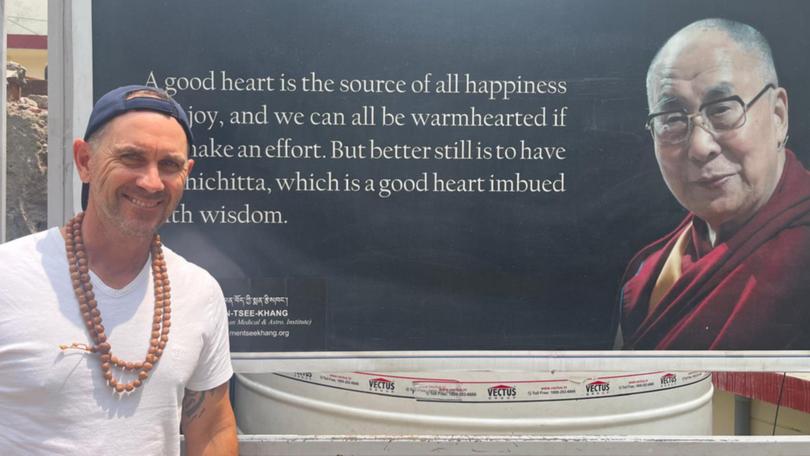
“Amidst the chaos, calm.”
The Namgyal Monastery and Temple in McLeod Ganj, in Dharamsala, at the foothills of the Himalayas in northern India, is the place where the Dalai Lama currently resides.
It has been his residence since he fled Tibet in 1959.
Sign up to The Nightly's newsletters.
Get the first look at the digital newspaper, curated daily stories and breaking headlines delivered to your inbox.
By continuing you agree to our Terms and Privacy Policy.This week I was lucky to be there.
The story of the Dalai Lama is extraordinary.
In March 1959, tensions between the Tibetans and Chinese authorities had escalated dramatically. When rumours spread that the Chinese planned to kidnap or harm the Dalai Lama, thousands of Tibetans surrounded his palace, the Norbulingka, to protect him.
Fearing for his life and concerned about potential bloodshed, the 23-year-old Dalai Lama made the difficult decision to flee Tibet to seek asylum in India; a moment proving to be a dramatic and pivotal point in history.
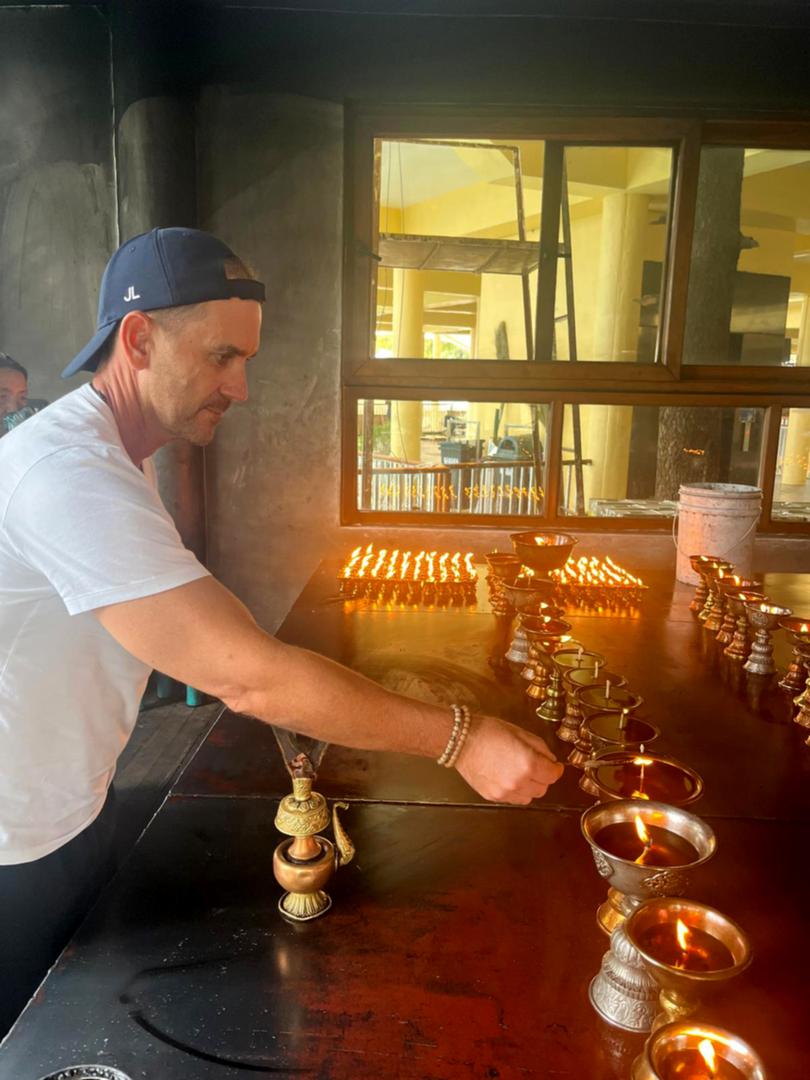
On March 17, 1959, he disguised himself as a soldier and slipped out of the palace with a small group of advisers and security personnel.
His escape journey was treacherous. They travelled mostly at night through harsh Himalayan terrain and faced extreme cold, high altitudes, and the constant threat of being discovered by Chinese forces.
The trek covered approximately 800 kilometres over two weeks, crossing mountain passes as high as 5800 metres.
The young leader’s sudden transition from ruling a nation to becoming a refugee was profound.
Today he is revered as one of the world’s most respected spiritual leaders and advocates for peace. A man who is constantly smiling and sharing teachings of love and compassion, he is a global inspiration to millions.
The Namgyal Monastery in Dharamshala today houses approximately 200 monks who live, study, and practice there. Up to two million visitors frequent the temple annually.
This week I was one of them, and during my visit I met a young monk. Asking him for a piece of his wisdom, he smiled serenely and said simply in broken English: “Amidst the chaos, calm.”
Sitting in meditation a while later, his mantra kept running through my mind.
Breathing in, “amidst the chaos”, breathing out, “calm”.
With each sequence his words became clearer and clearer, as a peace fell over me.
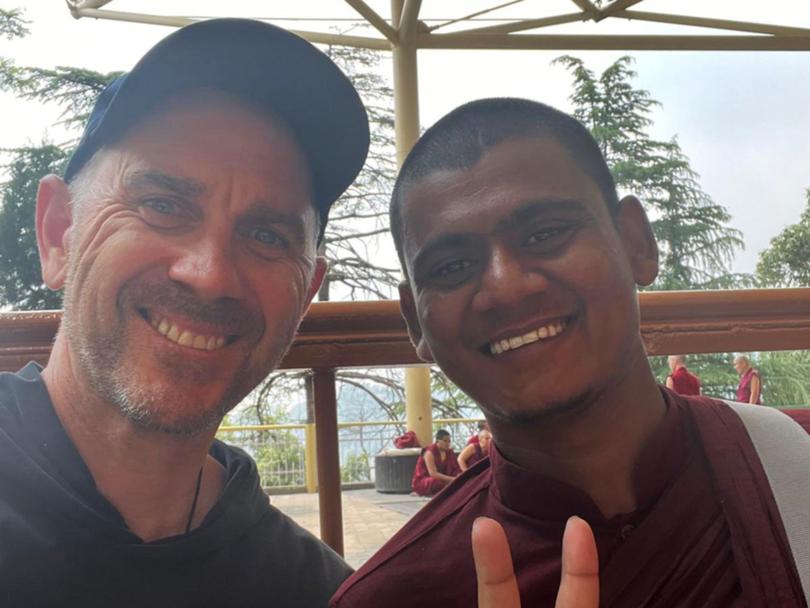
“Amidst the chaos, calm” is a phrase or concept that evokes the idea of maintaining inner peace or composure in turbulent, stressful situations.
Every one of us experiences chaos in our lives. But how we respond is interesting and can be transformational.
One of the core messages of the Dalia Lama is that “peace is not the absence of chaos, but the ability to remain present and grounded within it”.
The ability to stay grounded and balanced during emotional upheavals, uncertainty or crisis, whilst hard, can make the difference to how we move forward in our lives.
In leadership, remaining calm in chaos is seen as a key strength — it instils confidence in others and leads to better decision-making.
For the leader themself, remaining calm, when all about them are losing their heads, is a constant challenge. But it’s also an opportunity to test their own resilience, and resolve, under pressure.
Learning to train the mind to respond — instead of react — to chaos, by fostering the kind of calm that the great spiritual teachers often speak about, is a trait of the best leaders.
In a past life, I learned this as an opening batsman.
A bowler roars into bowl with a hard, red, glossy cricket ball in their hand. Crowds of up to 110,000 people scream, clap, bang in anticipation.
The days before I may have failed or succeeded, affecting my confidence meter. The opponent is hungry, fit and determined to prosper in their own world. Only I stand in the way of his own triumph or defeat. My mind races.
What to do?
In these moments I learned to breathe, stay calm and be still.
What I could control was my balanced stance and my head position. I could control the preparation I had put into my game. I could control the minimisation of thoughts streaming through my mind in the time it took for the bowler to run in at me.
I could control the art of seeing the ball out of the bowler’s hand, allowing me to let my eyes, hands, arms, feet and legs respond to what the bowler was hoping to test me with.
Amidst the chaos, calm.
Last weekend I watched newly-appointed Collingwood captain Nick Daicos put on a clinic in front of a packed MCG Anzac Day crowd.

Despite all the emotions of the event, the 22-year-old superstar played like he was playing with his mates in the backyard. Arching his back, he ran away from his opponents and kicked goals from all over the place.
We see these actions in our sporting stars every day of the week.
The young Indian cricketer I highlighted last week in this column, Vaibhav Suryavanshi, is another real time example of this.
Of the 14-year-old prodigy I wrote: “Already comparisons are being drawn to Sachin Tendulkar and Virat Kohli. Only time will tell whether he will reach the heights of their greatness. Opportunities will be abundant, but the pressures will rise, and it will take more than youthful exuberance and insane talent to finish as a legend.”
Two days later Suryavanshi, smashed the second fastest IPL century in history — a hundred in just 35 balls. Incredible, inspiring, ridiculous.
Amidst the chaos, calm.
On our flight from Mumbai to Dharmasala on Monday, several of our party travelled with babies. Parents, particularly mums, make me marvel when they stay calm when their babies cry their hearts out on flights, in public, or late at night.
I am certain many people reading these words know what I am talking about. But, by placing all their attention into the most precious thing in their life, their child, mums gracefully transform into angels in these times.
Amidst the chaos, calm.
Getting to the The Namgyal Monastery and Temple is a mission. Steep, winding roads, no more than five metres wide, are littered with cars, motorbikes, buses, cows, stray dogs and pedestrians.
Magnificent as the mountains are in the background, the fall into the abyss is rarely far from your mind.
Crawling closer to the temple, there are the small towns where the market-stands selling beads, silks and buddhas are so close to the rearview mirrors that you could grab your merchandise without getting out of the car.
The distance between ongoing vehicles and pedestrians is rarely more than four or five centimetres and, as usual, the honking of car horns is the best form of communication.
Daily, the driver who escorted me to the top of the mountain, patiently wound his way through the bedlam.
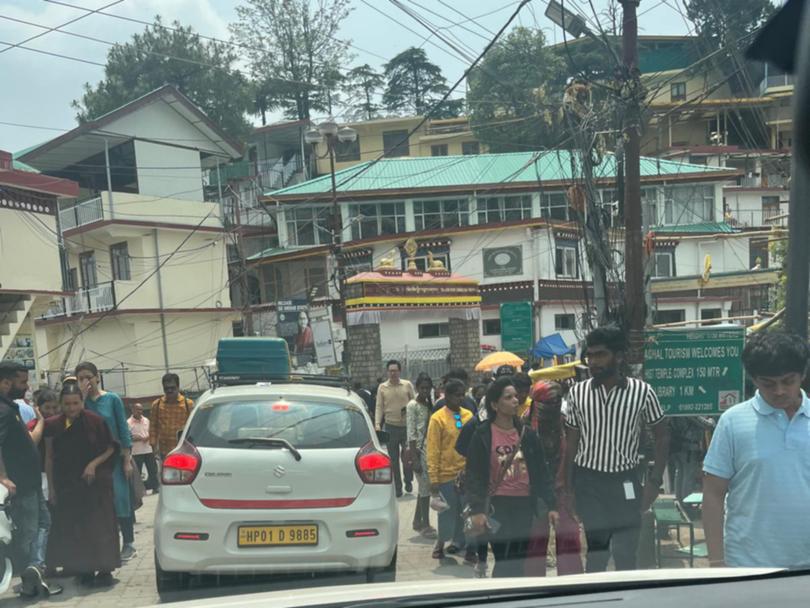
His manual car ensured he made most of his motions with his right hand. When his phone rung he never hesitated to pick it up and talk away.
Road rules as we understand them are non-existent in India and yet I didn’t see him lose his cool once. He just got the job done of reaching our next destination.
Amidst the chaos, calm.
We often hear our public figures talk about the challenges of dealing with social media commentary, or criticism. These days even our kids aren’t immune to faceless bullying and hate, which has become a dangerous — and at times devastating — scourge of our society.
At the monastery, I read a verse that said: “People insult those who are silent, those who speak much, and those who speak in moderation. There is none in the world who is not blamed.”
Another talked about the concept of a mind that remains unshaken by the eight worldly winds: gain/loss, fame/disgrace, praise/blame, pleasure/pain. The verse read: “Just as a solid rock is not shaken by the storm, even so the wise are not affected by praise or blame.”
I wonder if our politicians can make sense of these, this weekend?
Amidst the chaos, calm.
During an interview recently I was asked about how to best deal with pressure and stress.
The first point I made was that it is in times of pressure a person’s true character is revealed.
Over and over again, I see how people react or respond under pressure. This is a constant eye-opener in how to — and how not to — behave under stress.
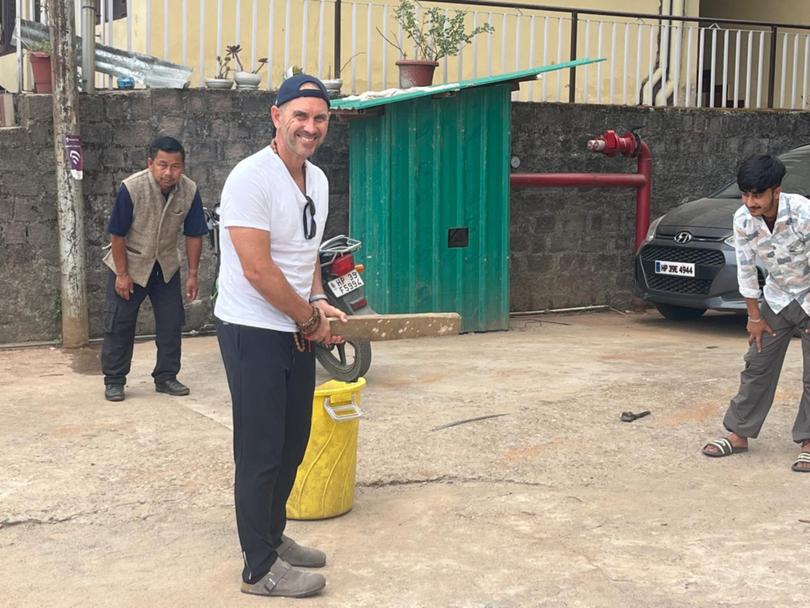
The second part of my answer concentrated on how I have personally learned about the critical factor of trusting processes within your control to get through storms; storms that never last forever.
After this week I could have simplified my response by the simple words: “Amidst the chaos, calm.”
These historical concepts that have been taught by all leading spiritual teachers for centuries make so much sense, and yet they are often so hard to administer, let alone master.
Next time you are faced with pressure and stress, take time to breath, smile and deal with the problem, one day, one moment, at a time.
